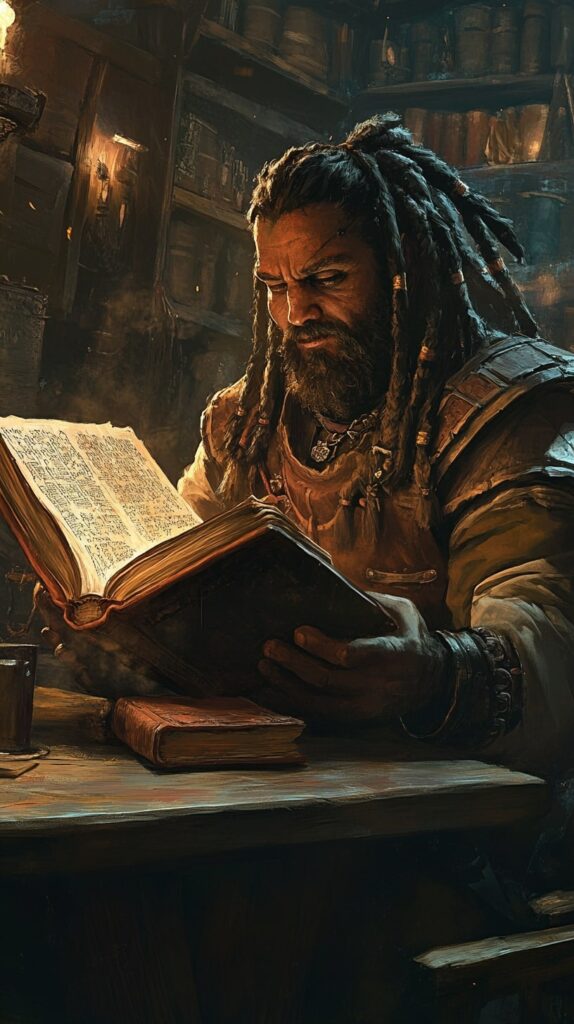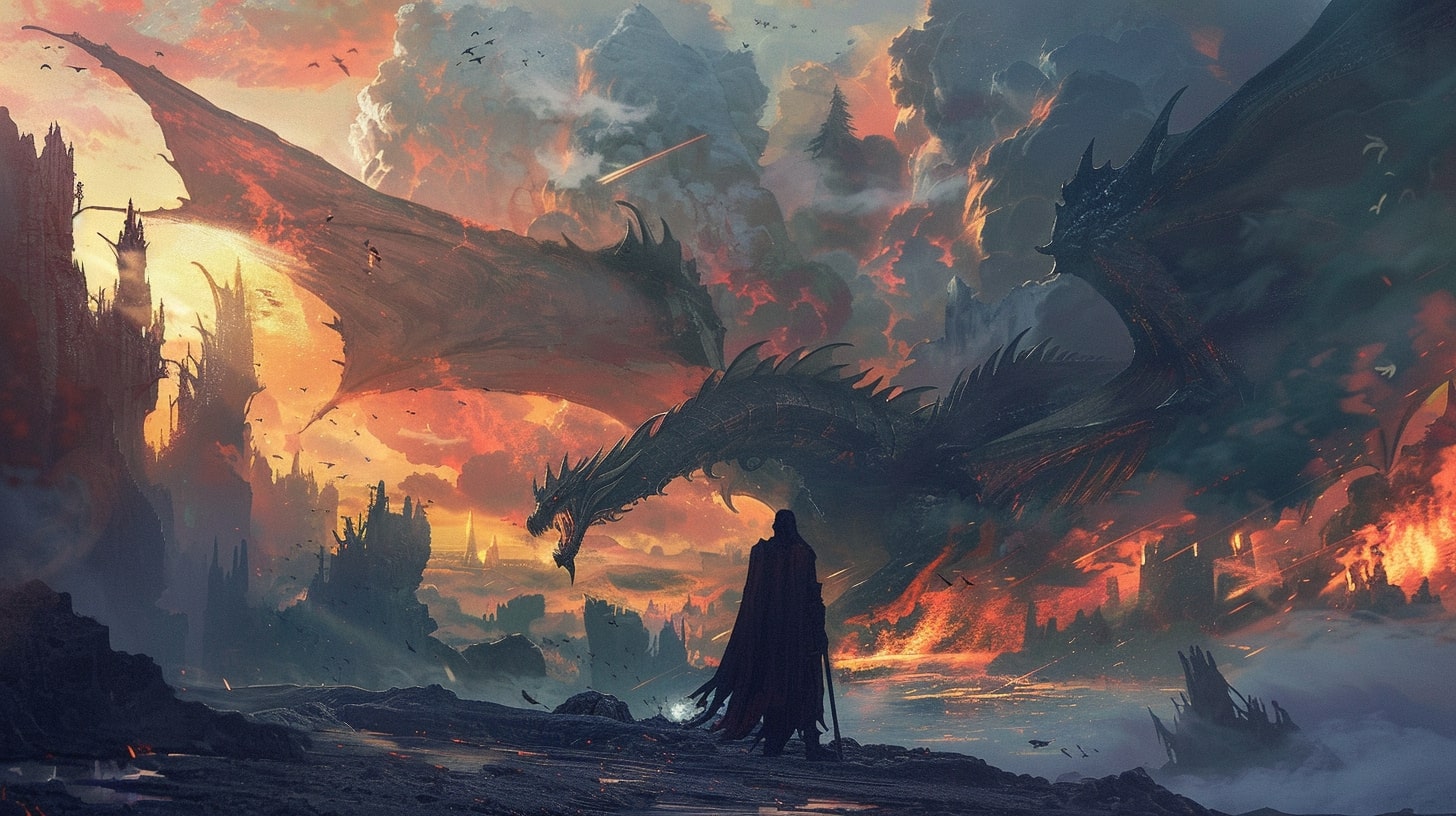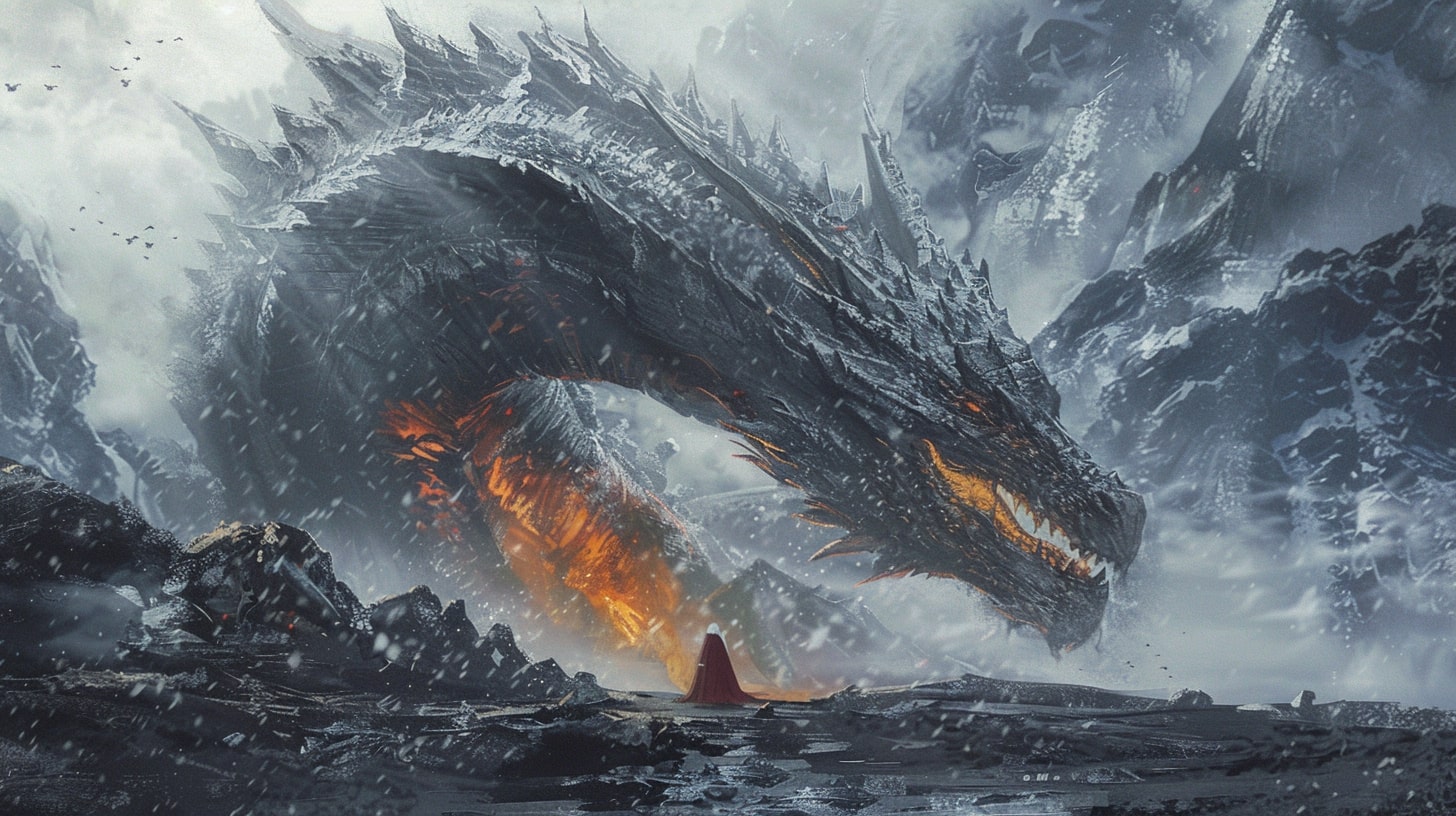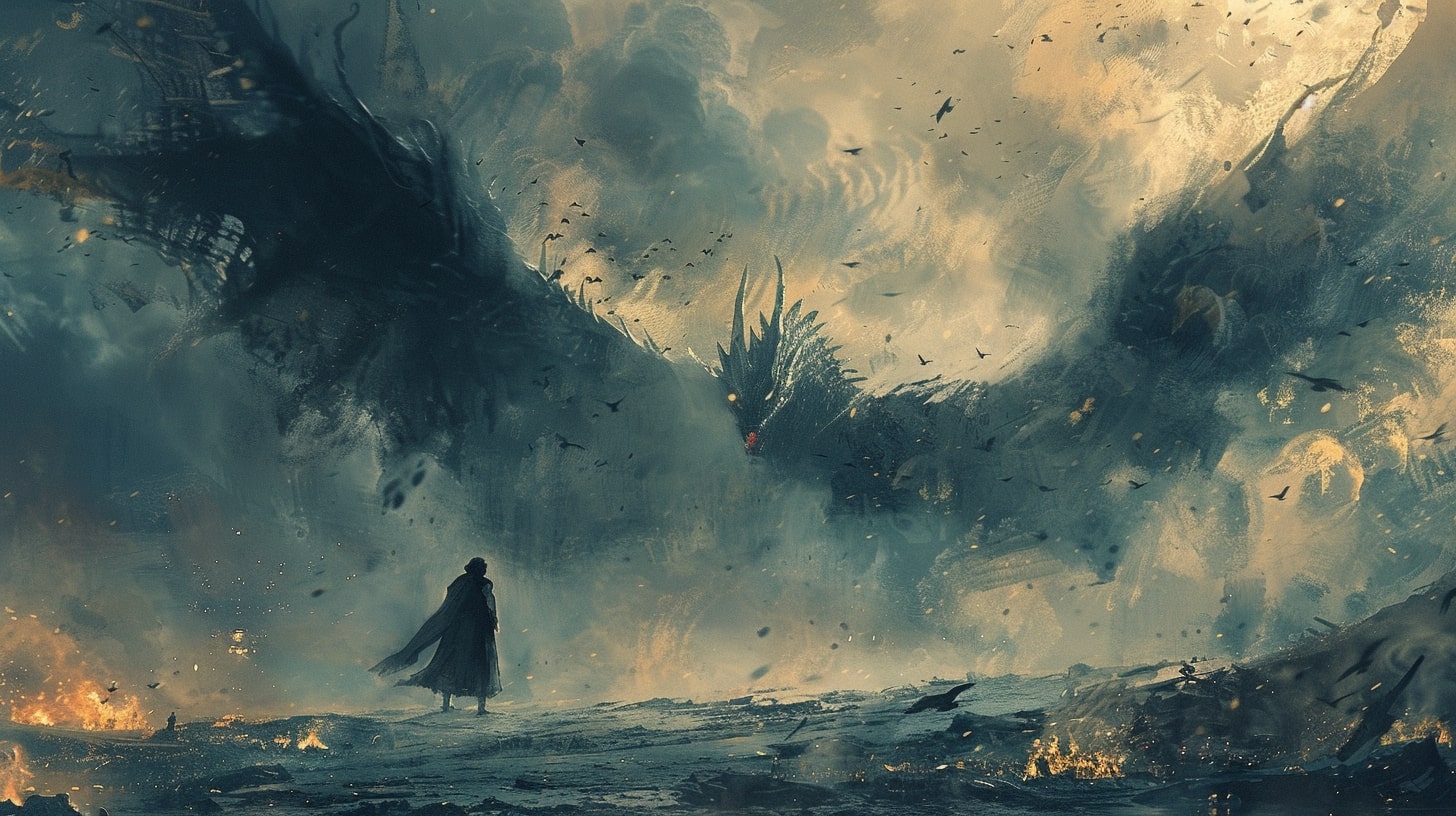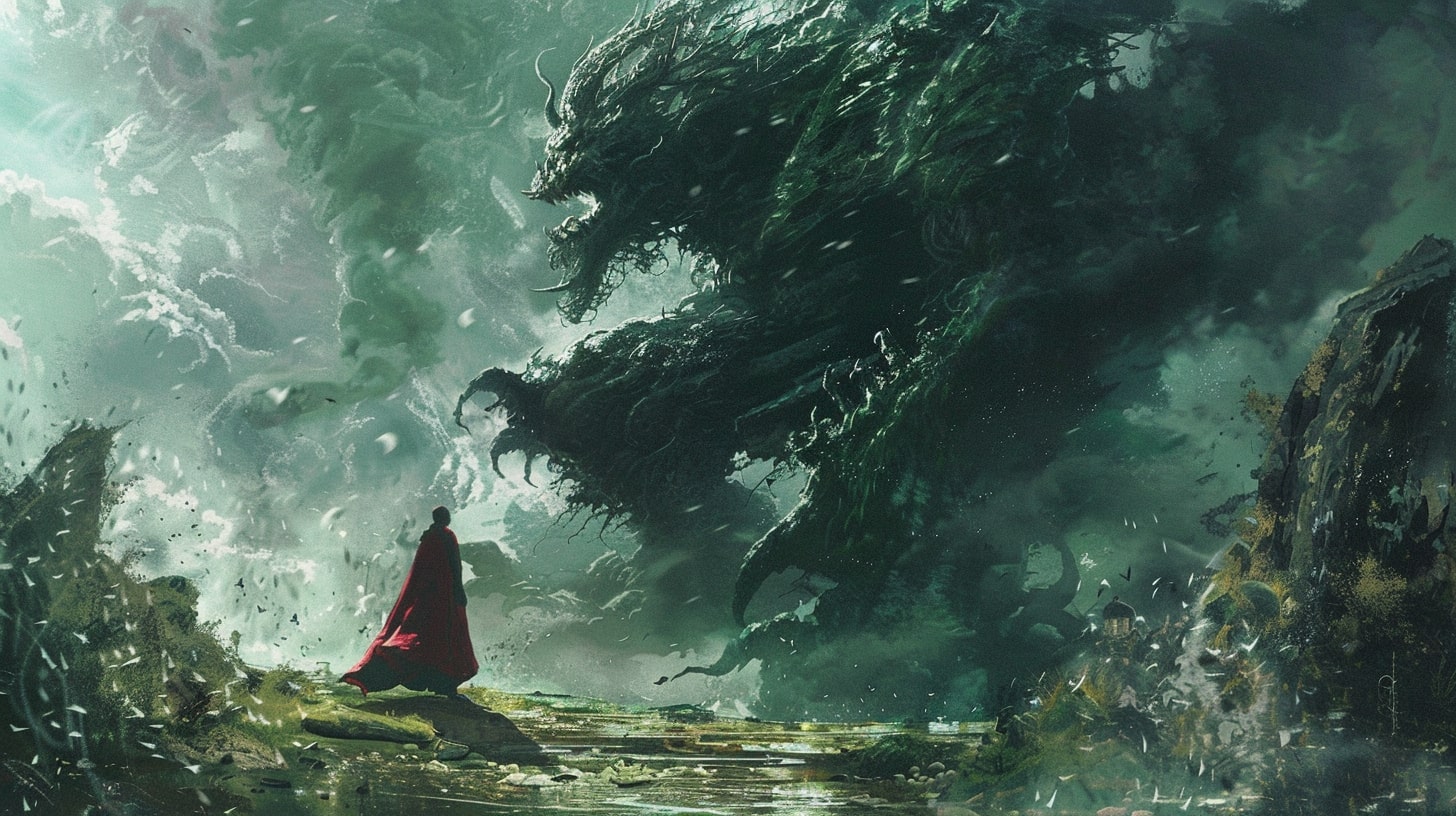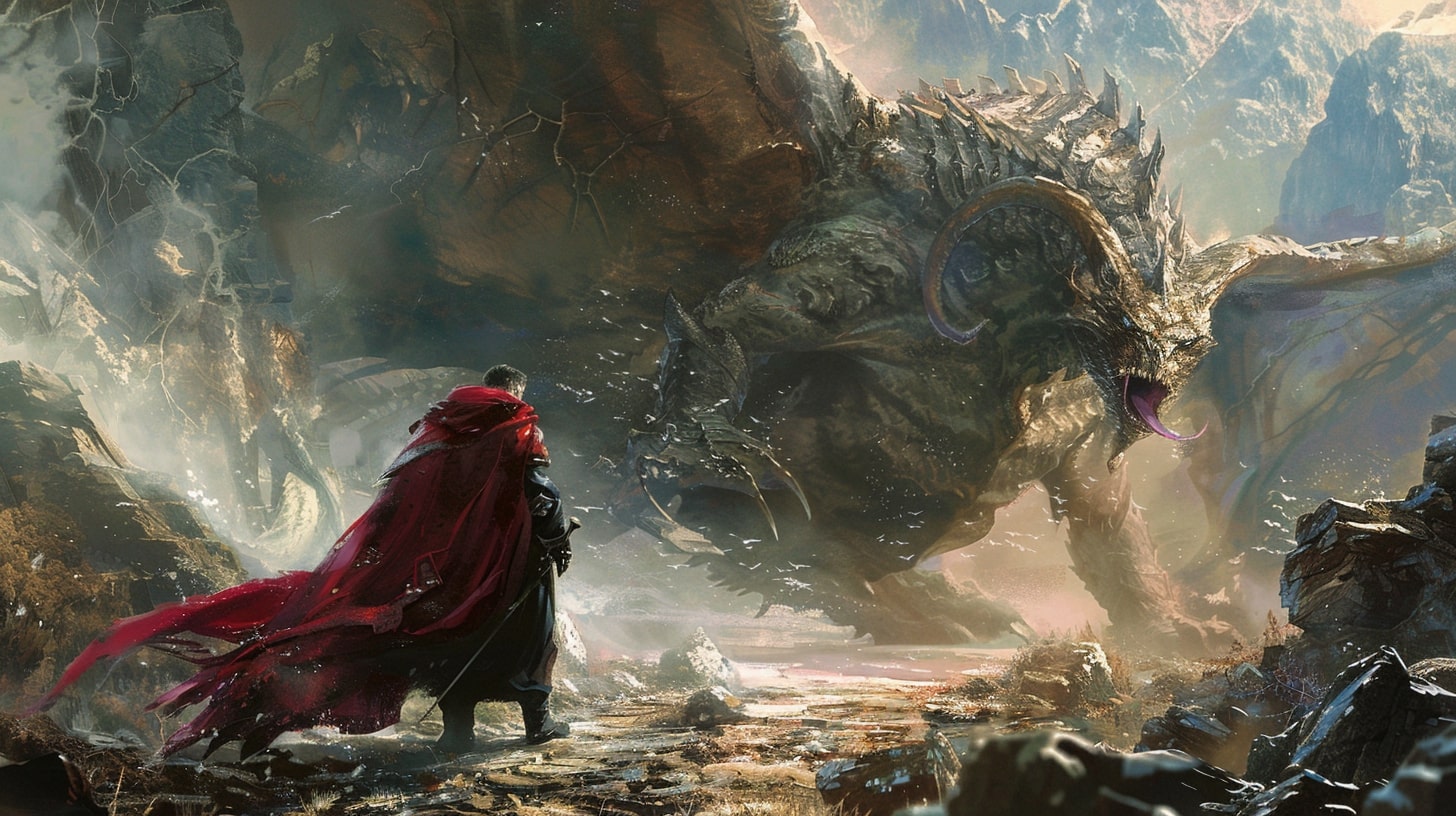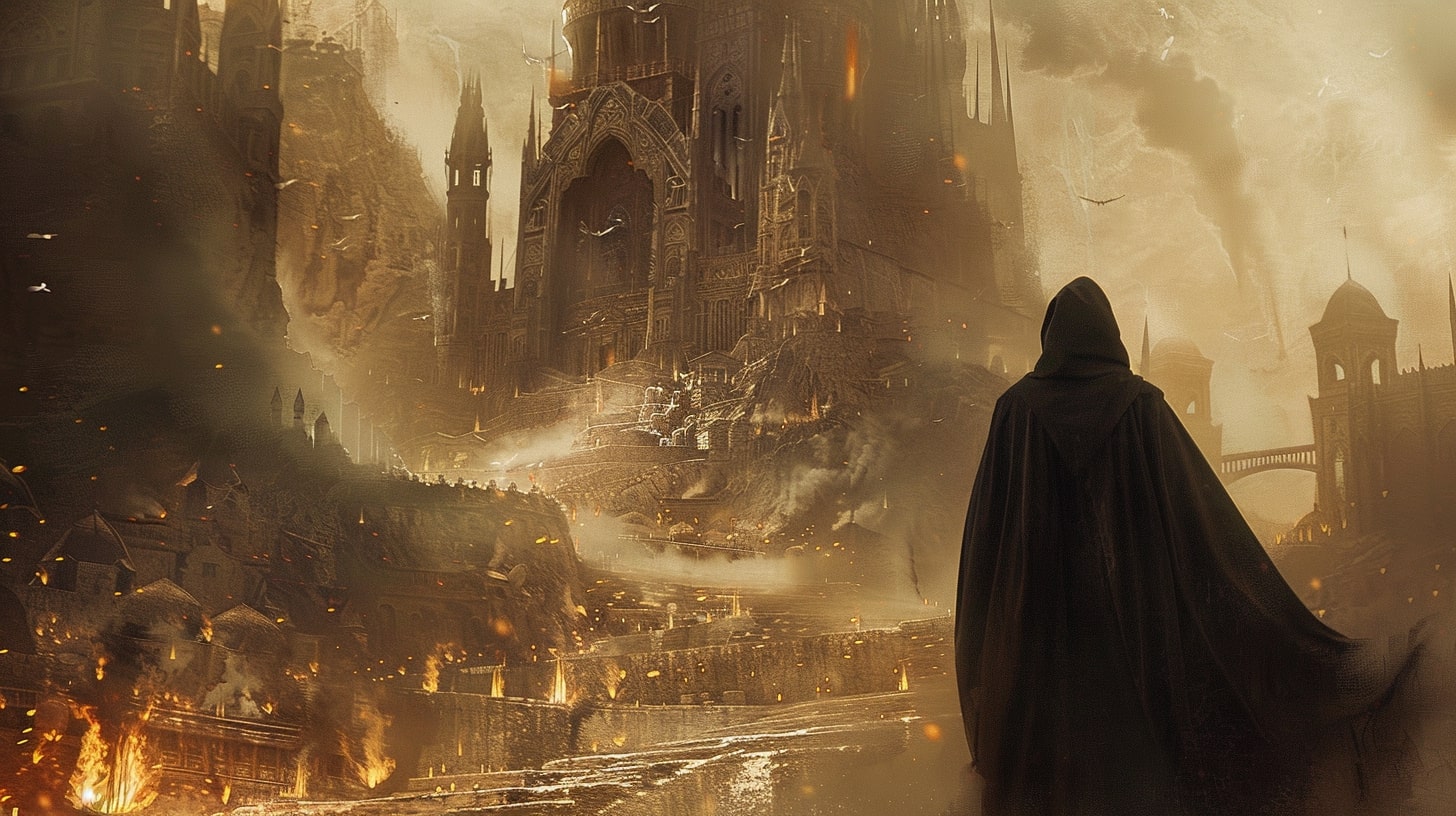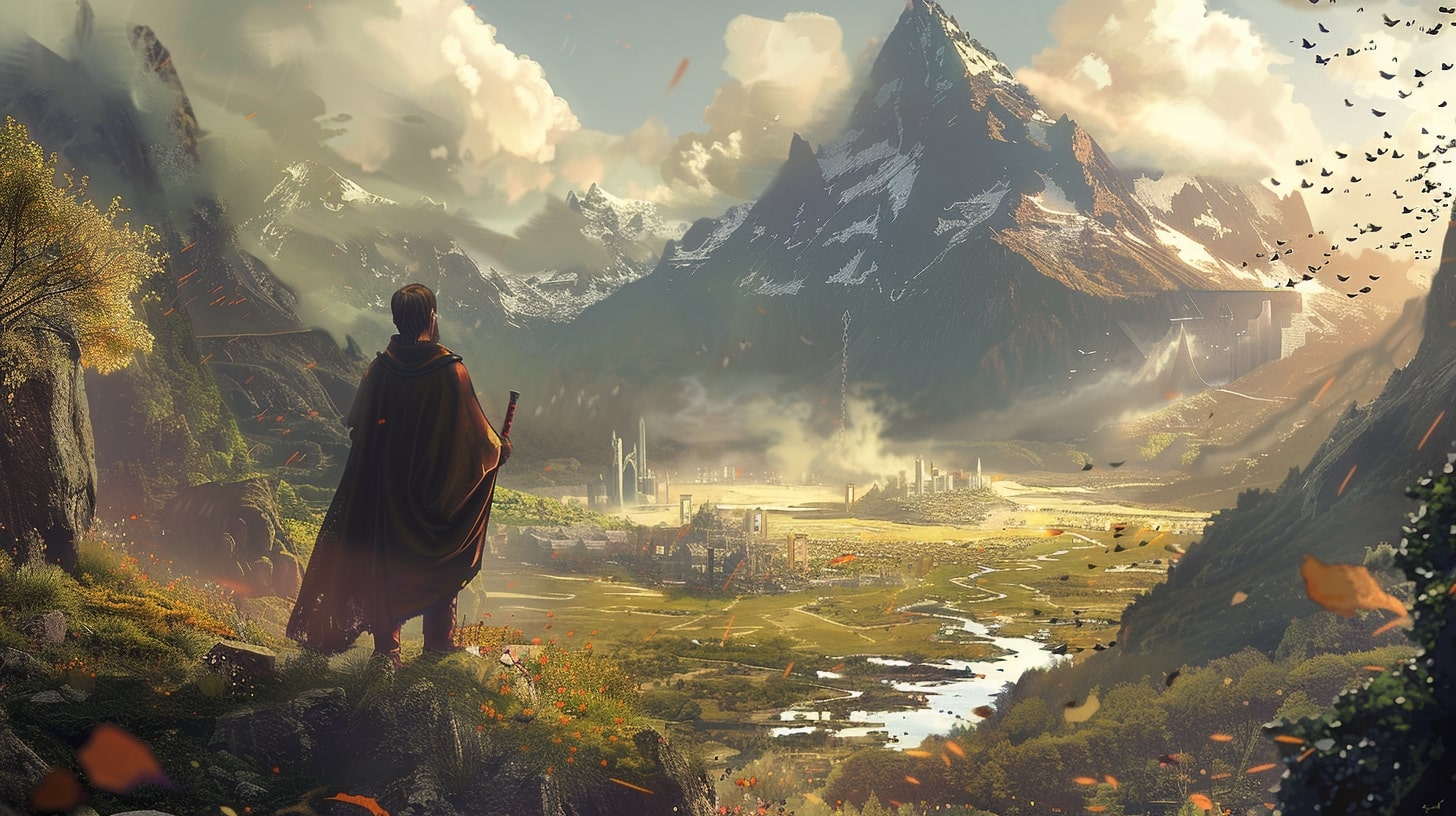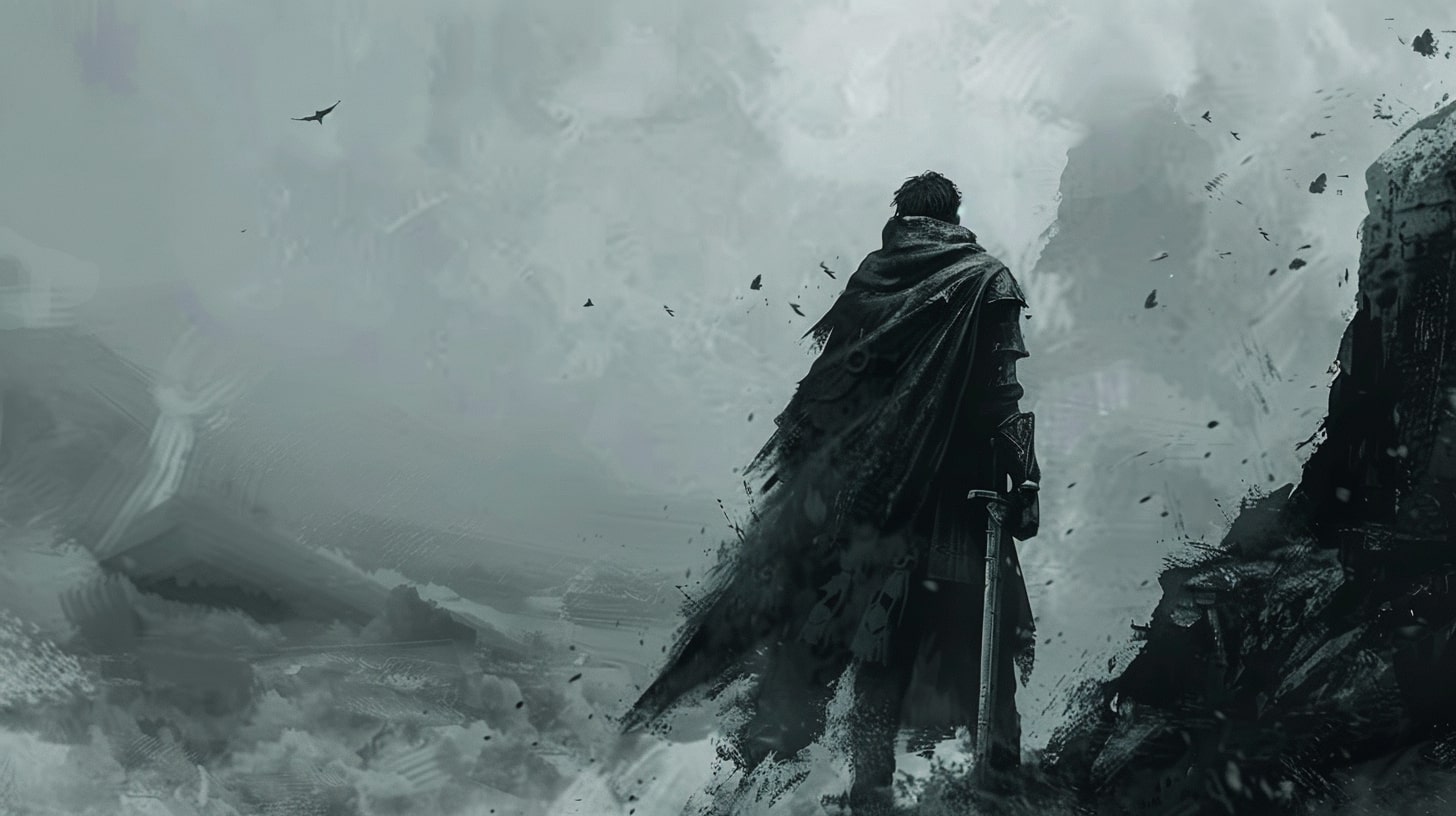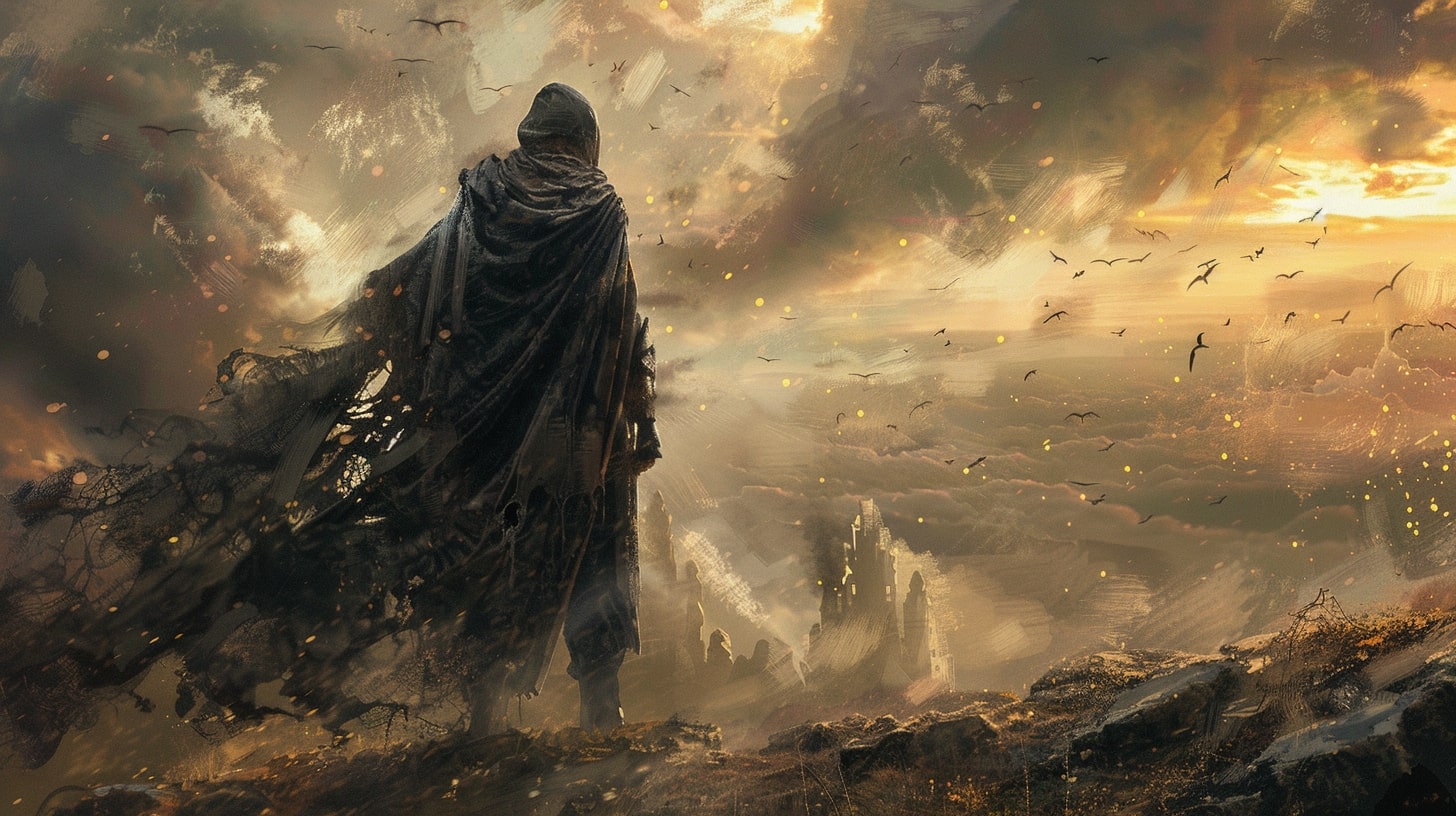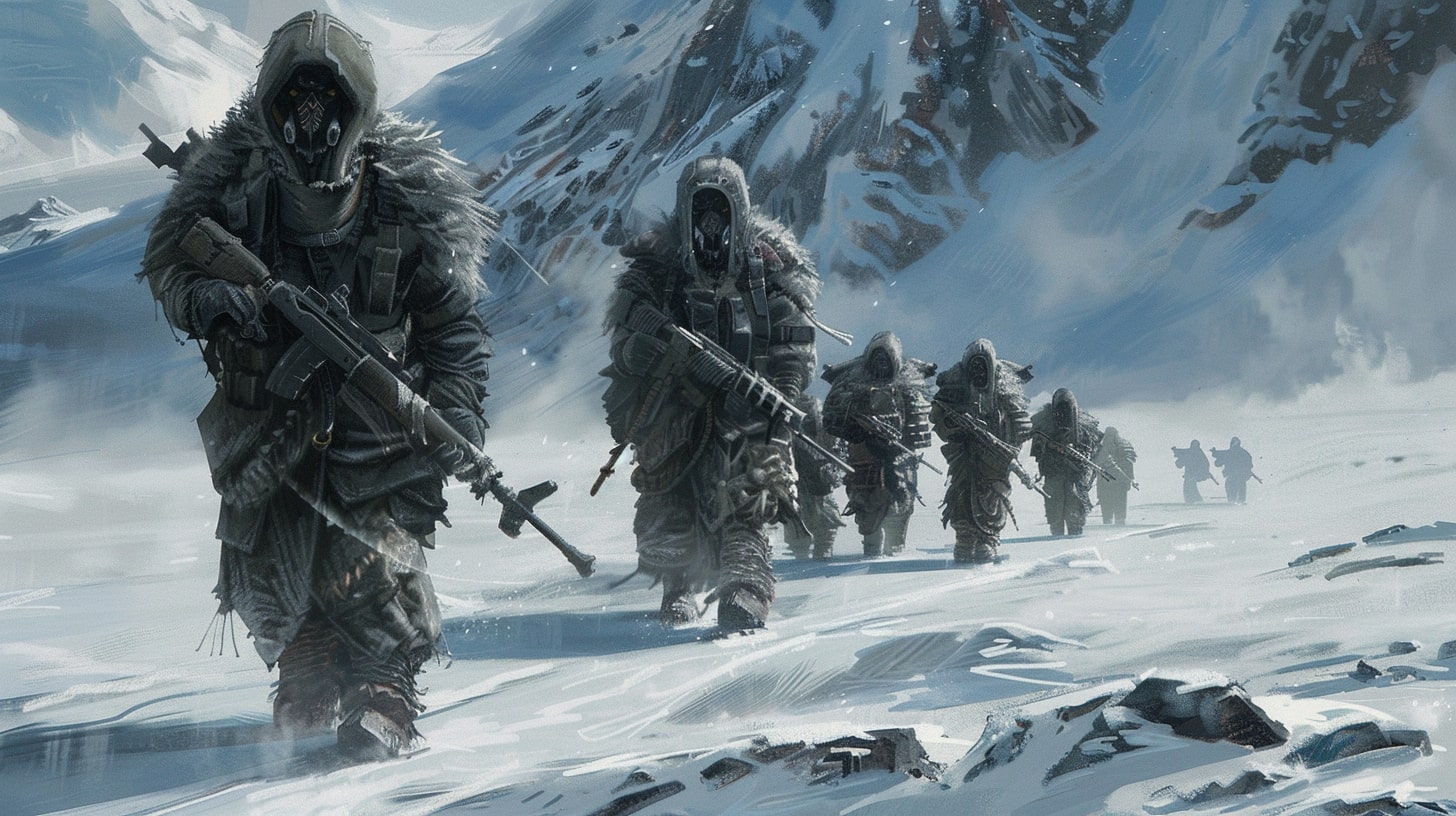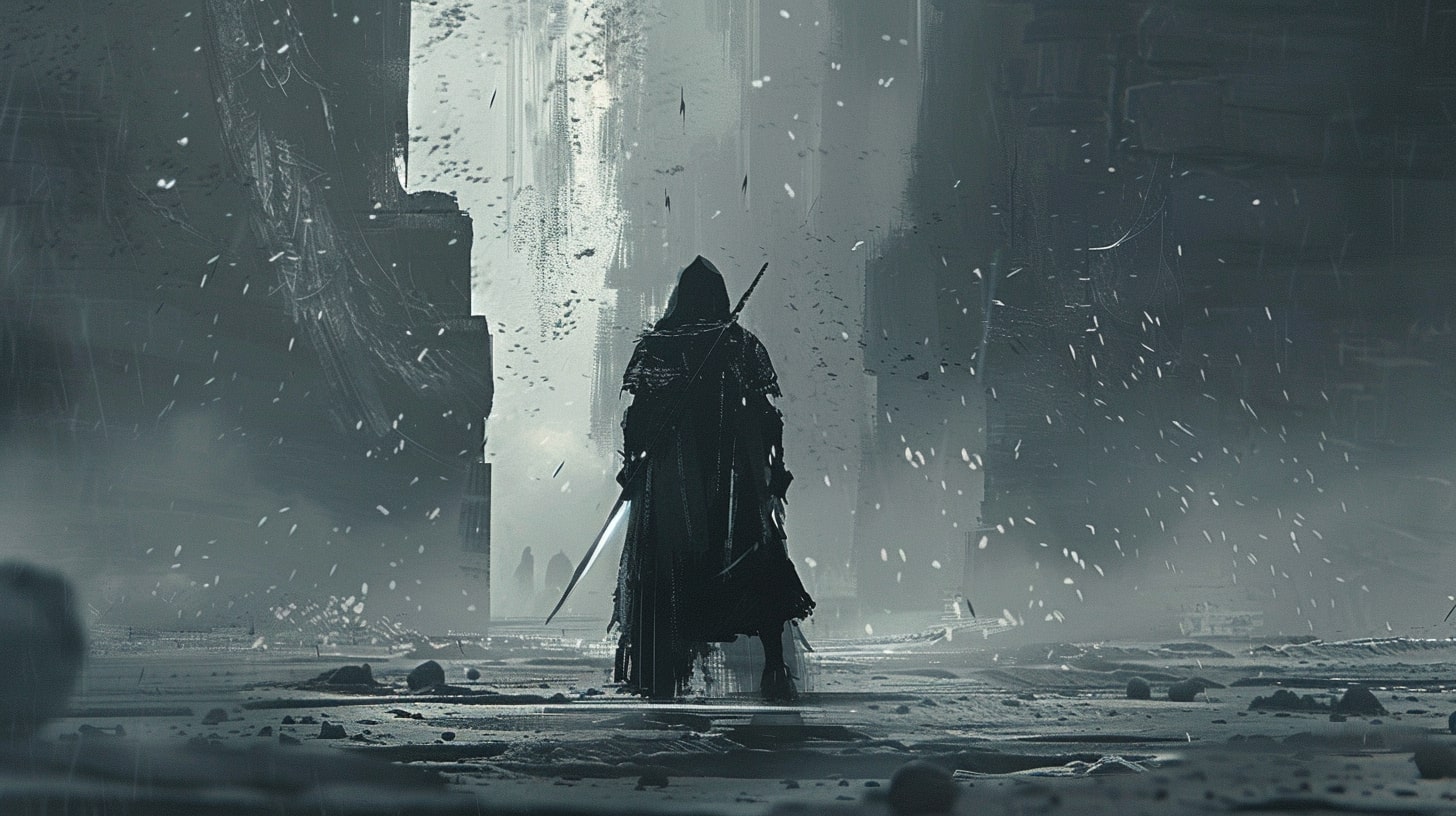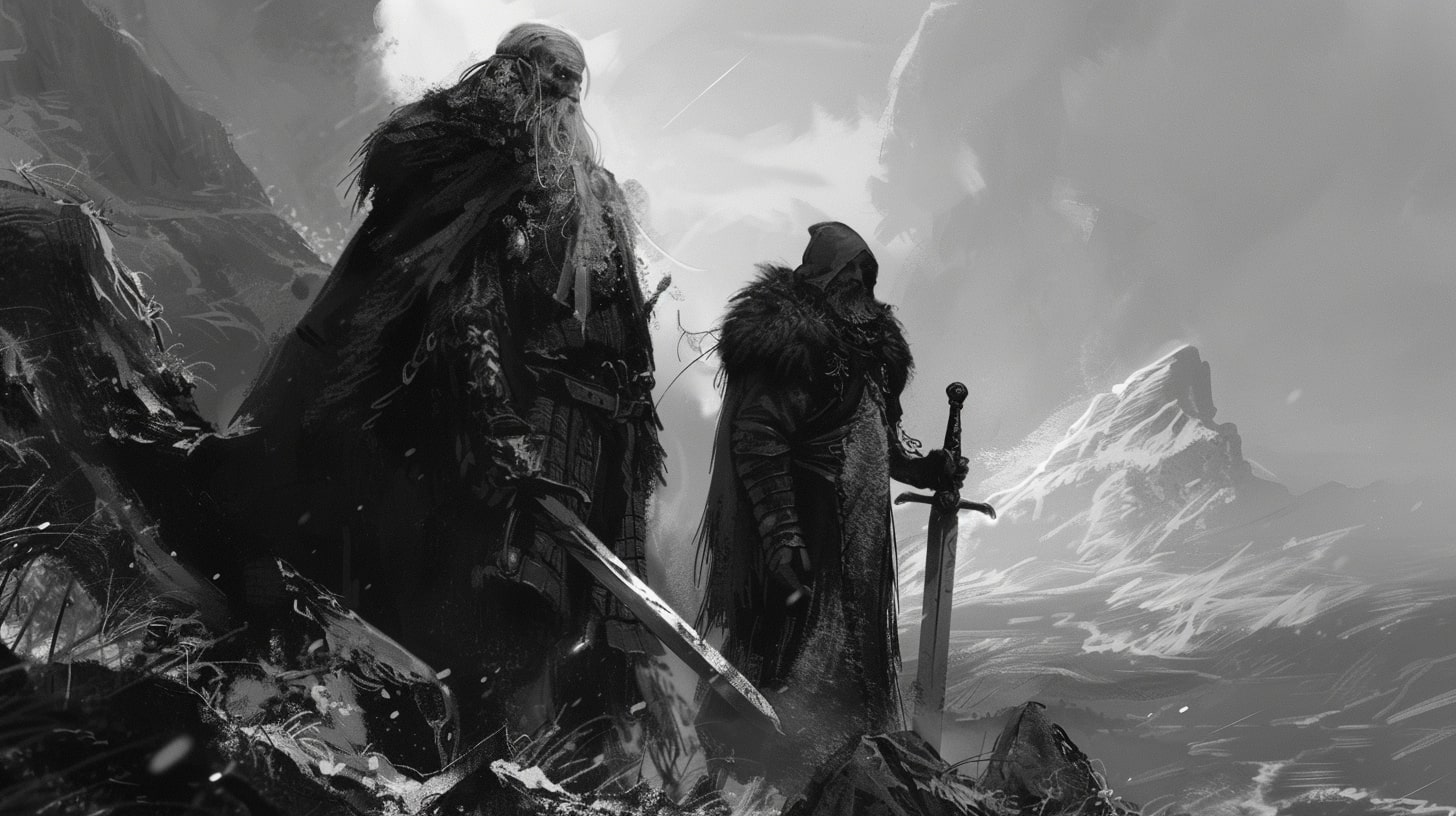Unlocking the Secrets of Character Growth
Welcome, writers, to the thrilling world of character growth and transformation!
It’s pretty simple. When it comes to character development, if you can’t write character growth and transformation then you’re out of luck. Your stories will be boring.
Nobody will care about them and we don’t want that to happen. So how about we ensure that it doesn’t happen?
The Importance of Character Development
Imagine reading a story where the characters remain stagnant and unchanged throughout the narrative. Yawn! Not exactly a page-turner, is it? That’s where character development comes in, injecting life and depth into your literary creations.
Character development is like adding spices to your story, enhancing the flavor and captivating your readers. It allows readers to form emotional connections with your characters, rooting for them as they navigate the challenges and transformations that lie ahead.
Well-developed characters can evoke a range of emotions, from laughter to tears, keeping readers engaged and invested in the story. So put on your character development cape and get ready to bring your characters to life!
The Journey to Mastering Character Growth and Transformation
Ah, the path to mastering character growth and transformation, a road paved with excitement and creative exploration. It begins with crafting engaging and multi-dimensional characters. Think of them as puzzle pieces, each with their own unique traits, quirks, and personality traits. This diversity adds depth to your characters, making them relatable and compelling.
Once you’ve assembled your diverse cast, it’s time to set the stage for their growth. Setting realistic goals for character growth is key. Consider where your characters are at the beginning of your story and where you want them to be by the end. Their journey should be challenging but attainable, allowing for growth that feels earned and satisfying.
Now, let’s unveil the hero within your characters. Familiarize yourself with the Hero’s Journey framework, a timeless blueprint for character transformation. This framework takes your characters on an epic adventure, filled with trials, triumphs, and personal growth. Explore the key stages of character transformation, from the call to adventure to the ultimate return transformed.
Of course, no hero’s journey is complete without obstacles and challenges. Your characters must face both external challenges that test their skills and determination, as well as internal struggles that force them to confront their fears and flaws. These obstacles pave the way for growth, as your characters learn to overcome adversity and evolve.
To illustrate the growth and transformation of your characters, it’s essential to show, don’t tell. Actions speak louder than words, after all! Through their choices, behaviors, and interactions, your characters reveal their evolution. Additionally, utilize dialogue and inner monologue to convey their internal thoughts and emotions, allowing readers to witness their inner transformation.
Now that we’ve unlocked the secrets of character growth, it’s time to navigate the treacherous waters of pitfalls to avoid. Beware of falling into the traps of stereotypes and clichés, as these can lead to stagnant and unoriginal characters. Instead, strive for depth and complexity. And remember, rushing transformation can undermine the realism of character growth. Allow your characters to change over time, at a pace that feels natural and authentic.
So, dear writers, embrace the transformative power of character growth. Celebrate the evolution of your characters as they conquer challenges and become the heroes they were destined to be. And remember, through their growth, you have the power to inspire and captivate your readers.
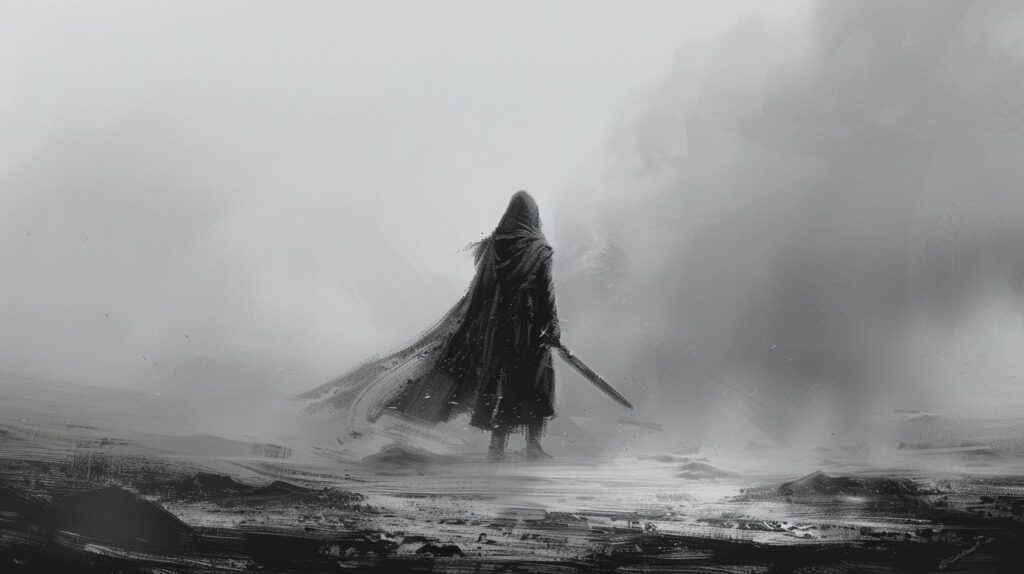
Laying the Foundation
To embark on the journey of character growth and transformation, you must first lay a solid foundation by crafting engaging and multi-dimensional characters. After all, it’s the characters that drive the story and captivate your readers. So, let’s dive into the art of character creation and setting realistic goals for their growth.
Crafting Engaging and Multi-Dimensional Characters
Creating characters that leap off the page and into your readers’ hearts is no small feat. To achieve this, you must imbue your characters with unique personalities, quirks, and backstories. Think beyond the surface level and delve into their inner thoughts, desires, and motivations. This will breathe life into your characters and make them feel like real people.
Consider giving your characters a range of personality traits. They can be brave, funny, introverted, or even a little bit clumsy. Don’t be afraid to mix and match traits to create intriguing combinations. For more inspiration, check out our article on character personality traits.
Another aspect to consider is the backstory of your characters. What events from their past have shaped them into who they are today? Are there any unresolved conflicts or hidden secrets? Delving into their past can add depth and complexity to their journey. If you need help brainstorming ideas, our article on character backstory ideas might come in handy.
Remember, your characters should be flawed and relatable. Nobody is perfect, and your readers want to see characters they can connect with on an emotional level. Explore their strengths and weaknesses, their fears and aspirations. This will make them more human and endearing to your audience. For more guidance on creating believable characters, check out our article on creating believable characters.
Setting Realistic Goals for Character Growth
Once you have crafted your characters, it’s time to set the stage for their growth and transformation. Before diving into the challenges they will face, it’s important to establish realistic goals for their journey. These goals will serve as benchmarks for their progress and provide a sense of direction.
Consider what your characters hope to achieve by the end of their transformation. Are they seeking redemption, self-acceptance, or a newfound purpose? By defining their goals, you can create a roadmap for their development and ensure their growth is purposeful and meaningful.
It’s essential to strike a balance between attainable goals and challenges that push your characters to their limits. Unrealistic goals may lead to a lack of believability, while goals that are too easily accomplished can hinder character development. Your characters should face obstacles and setbacks that test their resolve and force them to evolve.
To help you set realistic goals for character growth, our character development worksheet can be a valuable tool. It prompts you to think deeply about your characters’ desires, fears, and ambitions, enabling you to shape their journey in a meaningful way.
By crafting engaging and multi-dimensional characters and setting realistic goals for their growth, you lay the foundation for a compelling and transformative story. As you embark on this creative journey, remember to keep your characters true to themselves while allowing room for growth and evolution. Embrace the challenges that lie ahead, and your characters will captivate your readers with their remarkable transformation.

The Hero’s Journey
Ah, the Hero’s Journey, a classic framework that has guided countless characters on their epic quests. It’s like the GPS for character transformation. So, let’s buckle up and dive into the Hero’s Journey framework and the key stages of character transformation.
Understanding the Hero’s Journey Framework
Picture this: your character is minding their own business, living their mundane life, when suddenly, destiny comes knocking. The Hero’s Journey framework, popularized by Joseph Campbell, outlines the typical adventure our beloved heroes embark on.
The Hero’s Journey consists of several stages that the main character goes through, from the humble beginnings to the ultimate triumph. It’s a roadmap that ensures your character’s growth and transformation are as thrilling as a rollercoaster ride.
Key Stages of Character Transformation
The Call to Adventure: Ring, ring! This is where your character receives a call they can’t ignore. It’s the catalyst that propels them out of their comfort zone and into the unknown. They might resist at first, but curiosity gets the best of them.
Refusing the Call: Ah, the classic “I’m not cut out for this” moment. Your character may doubt their abilities or fear the unknown. But fear not, for this is just a temporary setback.
Meeting the Mentor: Every hero needs a wise, experienced mentor to guide them along their path. This mentor provides the guidance, knowledge, and tools necessary for your character’s growth. Think of them as the Gandalf to your character’s Frodo.
Crossing the Threshold: This is the point of no return. Your character takes the plunge and enters the special world of adventure. It’s time to face the challenges head-on and leave their old life behind.
Tests, Allies, and Enemies: Brace yourself, for this is where the character encounters a series of tests, befriends allies, and faces adversaries. Each challenge they overcome and each friend they make contributes to their growth and transformation. It’s like a coming-of-age montage, but with more dragons and less teenage angst.
Approaching the Innermost Cave: The character is getting closer to their ultimate goal, but they must confront their deepest fears and vulnerabilities. It’s a moment of self-reflection and introspection that paves the way for their transformation.
The Ordeal: Dun dun dun! The climactic battle, the ultimate test of your character’s strength, courage, and determination. This is where they face their greatest challenge, both externally and internally. It’s a make-or-break moment that leads to the ultimate transformation.
Reward, Seizing the Sword: Victory is sweet, my friend. Your character emerges triumphant, having overcome the ordeal. They acquire the ultimate reward, be it knowledge, power, or a newfound sense of self. This is the turning point that sets the stage for the final act.
The Road Back: Homeward bound! Your character begins their journey back to the ordinary world, forever changed by their experiences. But the adventure isn’t over yet. There are loose ends to tie up, lessons to be learned, and one final hurdle to overcome.
Resurrection: This is the grand finale, the mic drop moment. Your character faces their final challenge, demonstrating their growth, and making a final transformation. They emerge as a changed individual, ready to bring their newfound wisdom and power back to the ordinary world.
Return with the Elixir: Ta-da! Your character returns to the ordinary world, bringing with them the elixir of transformation. They share their newfound knowledge and use their powers for good. It’s a satisfying conclusion that leaves readers cheering for your character’s growth and transformation.
The Hero’s Journey framework is like a recipe for character development, ensuring your heroes go through the necessary stages to become true legends.
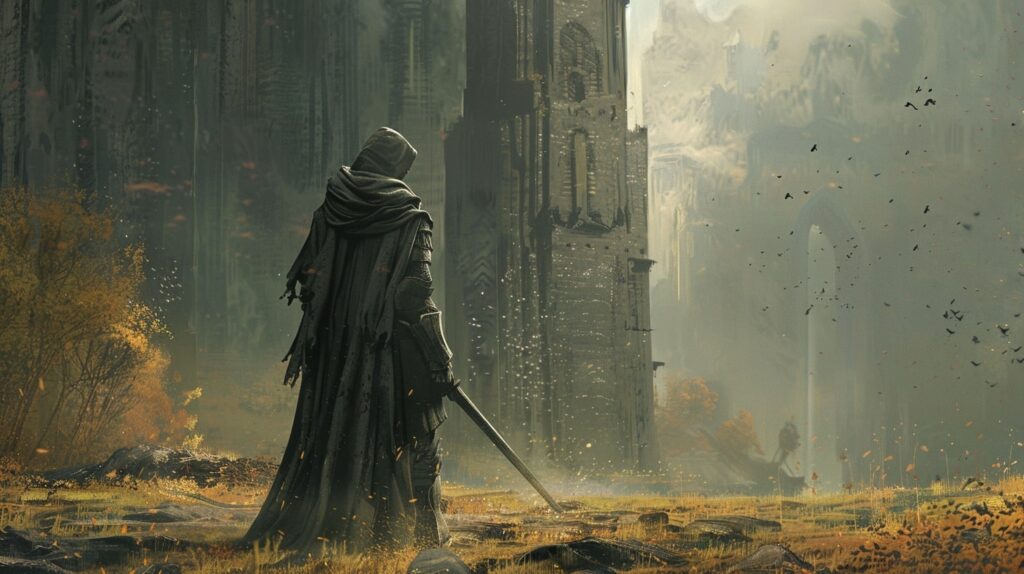
Obstacles and Challenges
In the grand journey of character growth and transformation, obstacles and challenges play a vital role. It is through these trials and tribulations that your characters find the opportunity to evolve and change. Let’s explore two key aspects: external challenges and internal struggles that contribute to the transformation of your characters.
External Challenges that Drive Character Growth
As a writer, you have the power to throw all sorts of external challenges at your characters. These challenges can come in various forms, such as facing formidable enemies, embarking on perilous quests, or navigating complex social dynamics. The purpose of these challenges is to push your characters out of their comfort zones and force them to confront their fears and weaknesses.
External challenges provide the catalyst for growth and transformation. They create opportunities for your characters to develop new skills, discover hidden strengths, and overcome obstacles they once thought insurmountable. Whether it’s a physical battle or a psychological struggle, these challenges shape your characters and lead them down the path of transformation.
To see examples of external challenges driving character growth, check out our article on character development in movies and character development in video games.
Internal Struggles and Emotional Transformation
While external challenges can be exciting, the real magic of character growth lies in the internal struggles your characters face. These internal battles involve emotional turmoil, conflicting beliefs, and the need to confront their deepest fears and insecurities.
By delving into the inner workings of your characters’ minds and hearts, you can explore their emotional transformation. This can include overcoming past traumas, letting go of self-doubt, or embracing vulnerability. The internal struggles your characters face provide a rich landscape for growth and allow readers to connect with them on a deeper level.
Through internal struggles, your characters can experience profound changes in their perspectives, values, and relationships. This emotional transformation adds depth and complexity to their journeys, making them more relatable and engaging for readers.
To learn more about developing complex characters and their internal struggles, visit our articles on character traits and flaws and psychological development of characters.
By incorporating both external challenges and internal struggles into your storytelling, you can create a dynamic and transformative journey for your characters. These obstacles and challenges provide the necessary ingredients for character growth, allowing your readers to witness the inspiring evolution of your beloved creations.
Techniques for Character Growth
As a writer, you hold the power to shape the growth and transformation of your characters. To bring your characters to life and engage your readers, it’s important to use effective techniques that showcase their growth in a compelling manner. Here are two techniques that can help you achieve just that:
Show, Don’t Tell: Illustrating Character Growth Through Actions
Instead of simply telling your readers how your character has grown, show them through their actions. Actions speak louder than words, after all! Let your character demonstrate their growth by making choices that reflect their development. For example, if your character starts off as shy and introverted, show them gradually stepping out of their comfort zone and confidently speaking up in a group setting. By allowing readers to witness these actions, you create a more immersive experience and make the character’s growth feel authentic.
Remember to use descriptive language to paint a vivid picture of the character’s actions. Describe their body language, facial expressions, and the impact of their actions on others. This helps readers connect with the character on a deeper level and understand the significance of their growth.
Dialogue and Inner Monologue: Conveying Internal Transformation
Another powerful tool for illustrating character growth is through dialogue and inner monologue. As your character evolves and undergoes internal transformation, their thoughts and words should reflect these changes. Show how their perspective shifts, their beliefs evolve, and their priorities realign through their conversations with others and their inner thoughts.
In dialogue, give your character a distinct voice that reflects their growth. Allow them to express their newfound wisdom, share their experiences, and provide advice to others. This not only showcases their development but also adds depth to their interactions with other characters.
Additionally, inner monologue provides a window into the character’s thoughts and emotions. Use this narrative device to explore their internal struggles, doubts, and moments of self-reflection. By delving into their inner world, you can reveal the character’s growth on a more intimate level, allowing readers to empathize with their journey.
Remember to balance dialogue and inner monologue to maintain a natural flow in your storytelling. Use them strategically to highlight key moments of growth and to reveal the character’s innermost thoughts and feelings.
By employing these techniques, you can bring your characters to life and immerse your readers in their journey of growth and transformation. Show, don’t tell their development through their actions, and use dialogue and inner monologue to convey their internal transformation. With these tools in your writer’s toolkit, you’ll be well on your way to creating compelling and dynamic characters that captivate your readers.
Now that you’ve learned about techniques for character growth, let’s explore common pitfalls to avoid and how to celebrate the evolution of your characters in the following sections.
Pitfalls to Avoid
As you embark on the journey of character growth and transformation, it’s important to steer clear of certain pitfalls that can hinder the development of your characters. After all, you don’t want your characters to be as predictable as a cliché or transform faster than a speeding bullet. Avoid these common pitfalls: stereotypes and clichés and rushing transformation.
Stereotypes and Clichés: Breeding Stagnant Characters
Ah, the dreaded stereotypes and clichés. They lurk in the shadows, ready to pounce on unsuspecting writers. Falling into the trap of relying on stereotypes can result in characters that feel flat and unoriginal. It’s like having a superhero whose only power is super strength – we’ve seen that before!
To avoid breeding stagnant characters, challenge yourself to break free from the shackles of stereotypes. Instead of relying on tired tropes, dig deep and explore the unique qualities and complexities that make your characters shine. Consider their personality traits, backstory, and motivations to craft fully fleshed-out characters that defy expectations. Check out our article on character personality traits for more inspiration.
Rushing Transformation: Allowing for Realistic Growth
Character development is a delicate dance, my friend. While it’s tempting to fast-track your characters’ transformation, it’s essential to allow for realistic growth. Just like a caterpillar doesn’t become a butterfly overnight, your characters need time to evolve and change.
Avoid the urge to rush their transformation. Instead, give them the space to experience setbacks, learn valuable lessons, and gradually morph into their full potential. Remember, it’s the journey that counts, not just the destination.
Consider the pacing of your story and the events that drive your characters’ growth. Allow their transformation to unfold naturally, reflecting the challenges they face and the lessons they learn along the way. For more insights, check out our article on character development versus plot.
By steering clear of stereotypes and clichés and resisting the temptation to rush transformation, you’ll create characters that are as unique as they are relatable. Embrace the opportunity to breathe life into your characters, and let their growth and transformation captivate readers. After all, it’s the journey of self-discovery and change that makes for a truly compelling story.
Embracing the Transformation
Congratulations, writer! You’ve successfully taken your characters on a journey of growth and transformation. Now it’s time to celebrate the evolution of your characters and see how their development can inspire your readers.
Celebrating the Evolution of Your Characters
As a writer, it’s important to acknowledge and appreciate the growth your characters have undergone. Reflect on the challenges they faced, the obstacles they overcame, and the lessons they learned along the way. Give yourself a pat on the back for crafting complex and relatable characters that have come to life within the pages of your story.
To celebrate the evolution of your characters, consider highlighting their growth moments within the narrative. Show how their perspectives, beliefs, and behaviors have changed over time. Let your readers witness the transformation unfold and experience the satisfaction of seeing characters develop into their best selves.
Additionally, take a moment to reflect on the impact your characters’ growth can have on your readers. Characters who undergo meaningful transformations can inspire and resonate with your audience. They serve as a reminder that change is possible, even in the face of adversity. By showcasing the growth of your characters, you have the power to touch the hearts and minds of your readers, leaving a lasting impression.
Inspiring Readers Through Character Growth
Character growth and transformation can be a powerful tool for inspiring your readers. By crafting well-developed characters who face challenges head-on and emerge stronger, you create a sense of hope and motivation within your audience.
Through the ups and downs of your characters’ journeys, readers can find solace and a sense of connection. They may see themselves reflected in the struggles, triumphs, and personal growth of your characters. By writing characters who evolve and transform, you provide your readers with a source of inspiration and encouragement to overcome their own obstacles.
Don’t forget to include moments of reflection and introspection within your story. Allow your characters to share their thoughts and insights, providing valuable lessons that resonate with your readers. By doing so, you create an emotional bond between your audience and your characters, fostering a deeper connection and engagement with your storytelling.
Remember, writer, character growth is a journey that breathes life into your story. Celebrate the growth, transformation, and resilience of your characters, and let their experiences inspire your readers. Keep on writing and continue to weave stories that leave a lasting impact.

